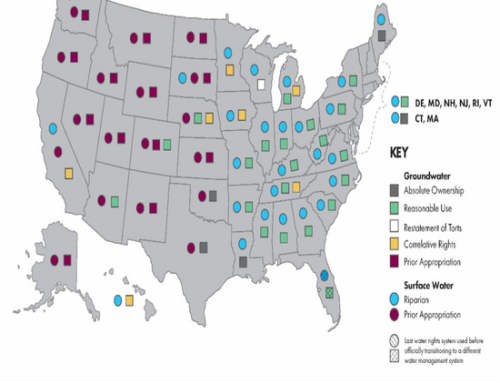Feed & Grain reports:
The U.S. Department of Agriculture’s (USDA) Economic Research Service has released its annual Farm Sector Income Forecast report for 2024, leading to a statement from Agriculture Secretary Tom Vilsack.
The report forecasts a decrease in farm cash receipts by $21.2 billion (4.2 percent) from 2023, totaling $485.5 billion in 2024. This decline is primarily due to lower crop receipts, which are expected to decrease by $16.7 billion (6.3 percent) to $245.7 billion, following reduced earnings from corn and soybeans. Animal and animal product receipts are also projected to decrease by $4.6 billion (1.9 percent) to $239.8 billion in 2024, with notable declines in receipts from eggs, turkeys, cattle/calves, and milk.
Direct government farm payments are forecasted at $10.2 billion for 2024, a decrease of $1.9 billion (15.9 percent) from 2023. This decline largely results from reduced supplemental and ad hoc disaster assistance. These payments exclude USDA loans and insurance indemnity payments made by the Federal Crop Insurance Corporation (FCIC).
On the expenditure side, total production expenses, including operator dwellings, are expected to increase by $16.7 billion (3.8 percent) from 2023, reaching $455.1 billion in 2024. The most significant rises are anticipated in livestock/poultry purchases and labor expenses, while spending on fuels and oils is expected to decline.
Despite these challenges, farm sector equity is projected to grow by 4.7 percent, adding $166.2 billion from 2023 to reach $3.74 trillion in 2024. This increase is largely attributed to expected rises in the value of farm real estate assets. Farm sector assets are also forecasted to grow by 4.7 percent to $4.28 trillion. However, farm sector debt is anticipated to rise by 5.2 percent to $547.6 billion, leading to a slight worsening in the debt-to-asset ratio from 12.73 percent in 2023 to 12.78 percent in 2024. Furthermore, working capital is forecasted to fall by 16.6 percent in 2024 compared to 2023.
Secretary Vilsack’s statement emphasized the critical importance of USDA’s ongoing efforts in supporting the sector, especially in light of these financial forecasts. He reiterated the USDA’s commitment to fostering prosperity for producers and communities, highlighting the transformative investments made through the American Rescue Plan and Inflation Reduction Act to create new markets and income opportunities for family farmers. The USDA’s focus remains on enhancing economic resiliency, promoting robust price competition, increasing farmers’ earnings, and ensuring the viability of farming and rural communities.



